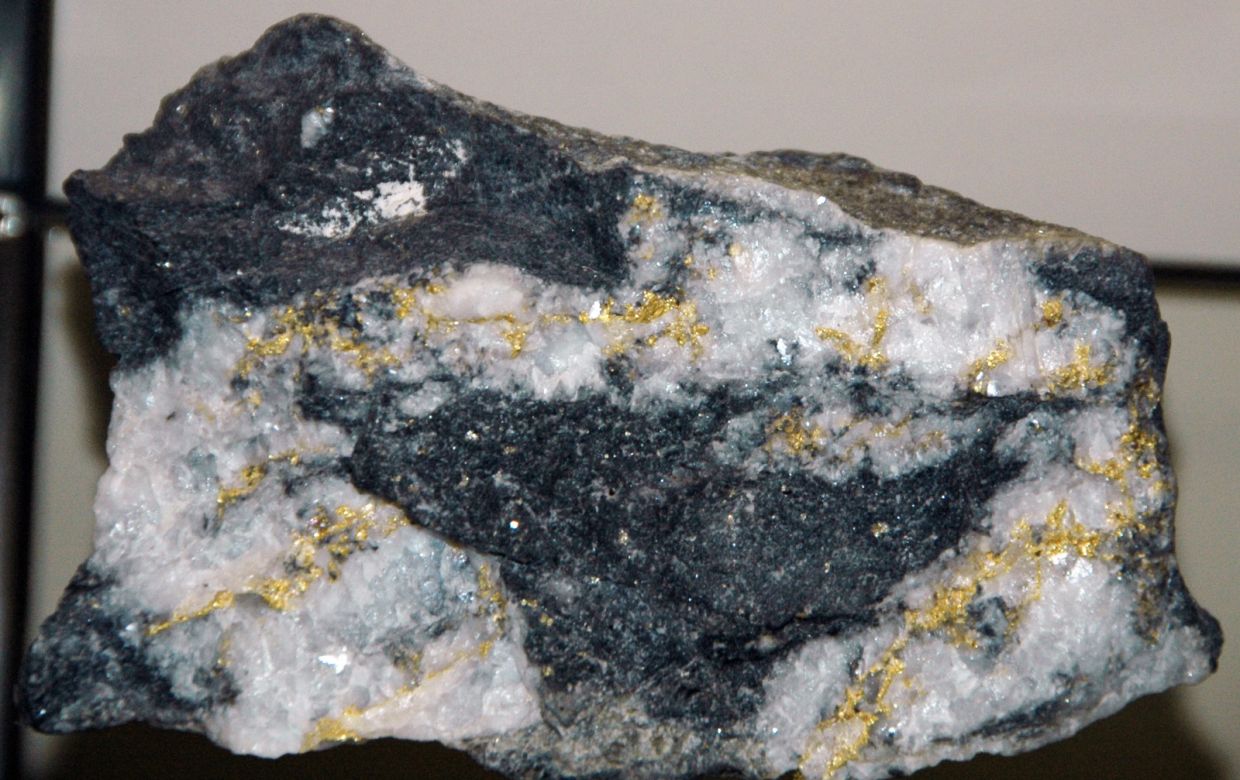THE Earth’s mighty tremors are known for their destructive power, capable of toppling buildings and reshaping landscapes.
It seems counter-intuitive that such violent events can also be master creators, forging precious metals deep within the planet.
Yet, could these cataclysmic geological forces truly be responsible for the glittering veins of gold we covet?
Verdict:
TRUE
It is true that earthquakes can indeed create gold. This remarkable geological phenomenon occurs along the Earth’s fault lines, far beneath the surface, typically at depths of around five to 10 kilometres.
Here, under immense pressure and scorching temperatures, water circulates through cracks and fissures within the rock.
This water is not just ordinary H2O; it is superheated, often exceeding 350°C, and is heavily laden with dissolved minerals, including tiny traces of gold and silica, which is the main component of quartz.
During an earthquake, the sudden slip along a fault line causes a dramatic and instantaneous drop in pressure within these fluid-filled cracks.
Think of it like quickly opening a pressure cooker; the contents inside suddenly experience a massive pressure release.
For the superheated, mineral-rich water, this rapid decompression is critical.
It causes the water to instantly vaporise, or ‘flash’ into steam. This process is incredibly swift, occurring in mere tenths of a second.
As the water turns to steam, it can no longer hold the dissolved minerals in solution.
Consequently, the gold and quartz are forced out of the vapour and rapidly precipitate, or solidify, onto the walls of the newly opened cracks.
These newly formed veins are essentially solidified records of the earthquake’s passage, trapping the precious gold within.
This groundbreaking understanding of gold formation was largely advanced by Australian scientists Dion Weatherley, a geophysicist at the University of Queensland, and Professor Richard Henley, a geochemist at the Australian National University.
The theory suggests that repeated, smaller earthquakes, which occur far more frequently than large ones, can progressively build up economic-grade gold deposits over hundreds of thousands of years.
Each seismic event, even a minor one, contributes a tiny amount of gold, but cumulatively, these small contributions can result in substantial veins.
References:
1. https://www.nature.com/
2. https://www.smithsonianmag.
3. https://www.livescience.com/
4. https://www.sciencenews.org/




